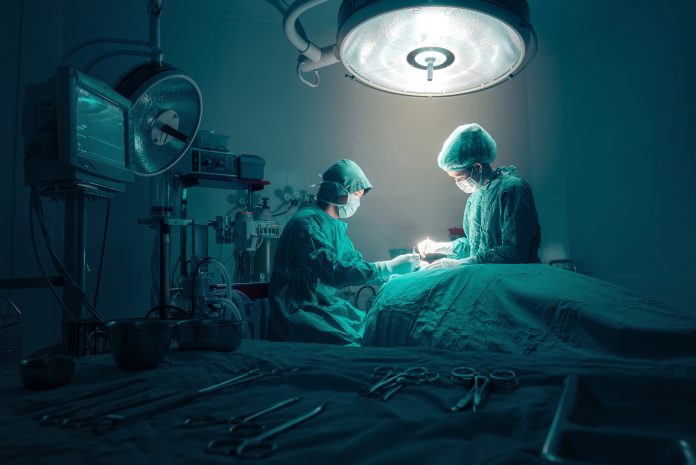A team found that removing the left atrial appendage reduces stroke risk in heart patients by over one-third
The left atrial appendage is an unused, finger-like tissue that can trap blood in the heart chamber and increase the risk of clots. The left atrial appendage is a leftover from how a person’s heart forms as an embryo – it has little purpose later in life.
Researchers found that removing this part cuts the risk of strokes by over one-third, in patients with atrial fibrillation. This breakthrough supports a 60-year-old theory about blood clots in that part of the heart.
Richard Whitlock, first author of the study, said: “If you have atrial fibrillation and are undergoing heart surgery, the surgeon should be removing your left atrial appendage, because it is a set-up for forming clots.
“Our trial has shown this to be both safe and effective for stroke prevention. This is going to have a positive impact on tens of thousands of patients globally.”
Over 4,000 people across 27 countries in the study
The study tracked 4,811 people in 27 countries who are living with atrial fibrillation and taking blood thinners, over roughly four years.
Consenting patients undertaking cardiopulmonary bypass surgery were randomly selected for the additional left atrial appendage occlusion surgery – their outcomes were then compared with those who only took medicine.
Whitlock further said: “This is an inexpensive procedure that is safe, without any long-term adverse effects, and the impact is long-term.”
It has been suspected since the 1940s that blood clots can form in the left atrial appendage in patients with atrial fibrillation – so it made sense to cut this useless structure off if the heart was exposed for other surgery.
This 60 year old idea has been proven true.
Co-principal investigator, Professor Stuart Connolly, said: “The results of this study will change practice right away because this procedure is simple, quick and safe for the 15 per cent of heart surgery patients who have atrial fibrillation.
“This will prevent a great burden of suffering due to stroke.”











